According to Wikipedia here is a definition of roots.
“In vascular plants, the roots are the organs of a plant that are modified to provide anchorage for the plant and take in water and nutrients into the plant body, which allows plants to grow taller and faster. They are most often below the surface of the soil, but roots can also be aerial or aerating, that is, growing up above the ground or especially above water.
The major functions of roots are absorption of water, plant nutrition, and anchoring of the plant body to the ground.”
This post is more a collection of a tree’s RSA as defined, again by Wikipedia, below.
“In its simplest form, the term root system architecture (RSA) refers to the spatial configuration of a plant’s root system. This system can be extremely complex and is dependent upon multiple factors such as the species of the plant itself, the composition of the soil, and the availability of nutrients. Root architecture plays the important role of providing a secure supply of nutrients and water as well as anchorage and support.
The configuration of root systems serves to structurally support the plant, compete with other plants, and uptake nutrients from the soil. Roots grow to specific conditions, which, if changed, can impede a plant’s growth. For example, a root system that has developed in dry soil may not be as efficient in flooded soil, yet plants are able to adapt to other changes in the environment, such as seasonal changes.
Now that the science is out of the way, let’s move on to the art of RSAs. Trees are fascinating organisms and have evolved to survive in some pretty harsh environments.
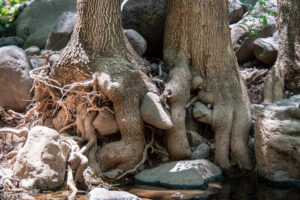 This pair is clinging to the edge of Thompson Creek in Oak Creek Canyon just north of Sedona, AZ. This is a creek prone to different water heights depending on the time of year, amount of snow in higher elevations, monsoon amounts, etc.
This pair is clinging to the edge of Thompson Creek in Oak Creek Canyon just north of Sedona, AZ. This is a creek prone to different water heights depending on the time of year, amount of snow in higher elevations, monsoon amounts, etc.
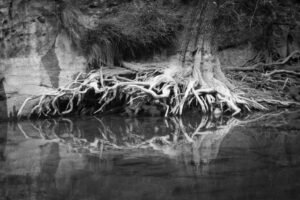 This tree can be found in East Clear Creek near Williams, AZ. Again prone to different water levels. I’ve seen these roots completely submerged as often as I’ve seen them dry.
This tree can be found in East Clear Creek near Williams, AZ. Again prone to different water levels. I’ve seen these roots completely submerged as often as I’ve seen them dry.
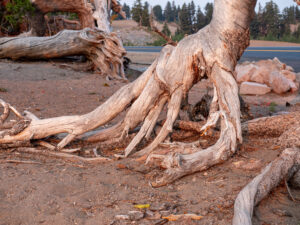
Some of the craziest root systems I’ve ever seen have been here at Crater Lake National Park in Oregon. To me, these trees look like they are trying to run away. They are nowhere NEAR water as the lake is hundreds of feet below.
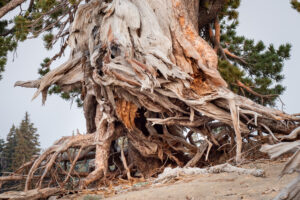
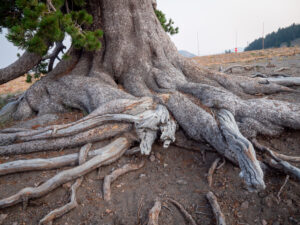
More from Crater Lake…
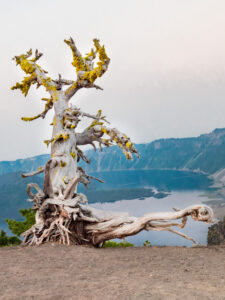
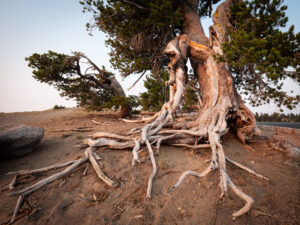
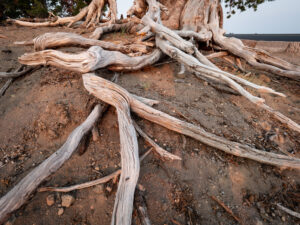
These are also Crater Lake.
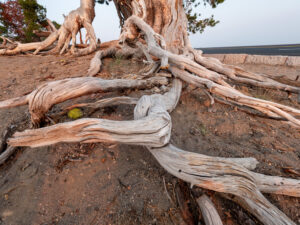
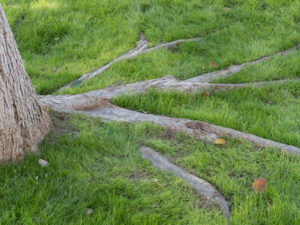 This tree was found outside of a school in Phoenix, AZ.
This tree was found outside of a school in Phoenix, AZ.
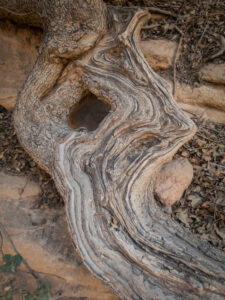
These two are trees found at the bottom of Grand Canyon on the Havasupai Indian Reservation. Look how high that root system below is!

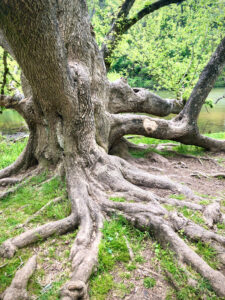 This tree is near Asheville, NC. You can see the small lake right behind it.
This tree is near Asheville, NC. You can see the small lake right behind it.
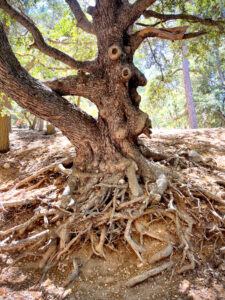 This crazy thing was found at Tehachapi Mountain Park in the hills outside of Bakersfield, CA.
This crazy thing was found at Tehachapi Mountain Park in the hills outside of Bakersfield, CA.
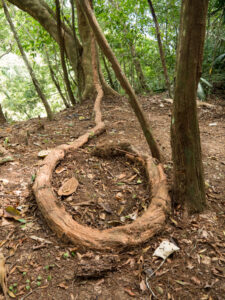 This root was found in the jungle near Gamboa, Panama. I’m honestly not sure if this is a tree root or from some sort of plant.
This root was found in the jungle near Gamboa, Panama. I’m honestly not sure if this is a tree root or from some sort of plant.
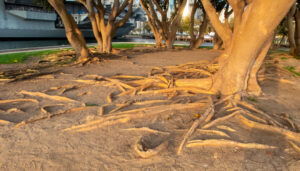
These two sets of surface roots were found in San Diego, CA.
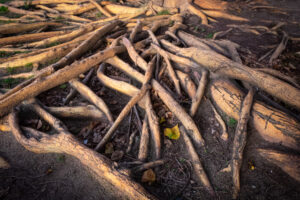
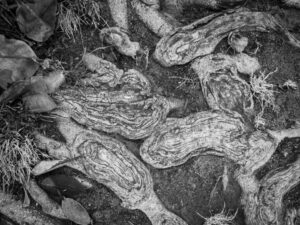 And finally, this set of what looks like smashed lizards or salamanders was also found in San Diego.
And finally, this set of what looks like smashed lizards or salamanders was also found in San Diego.
I hope you enjoyed this post!
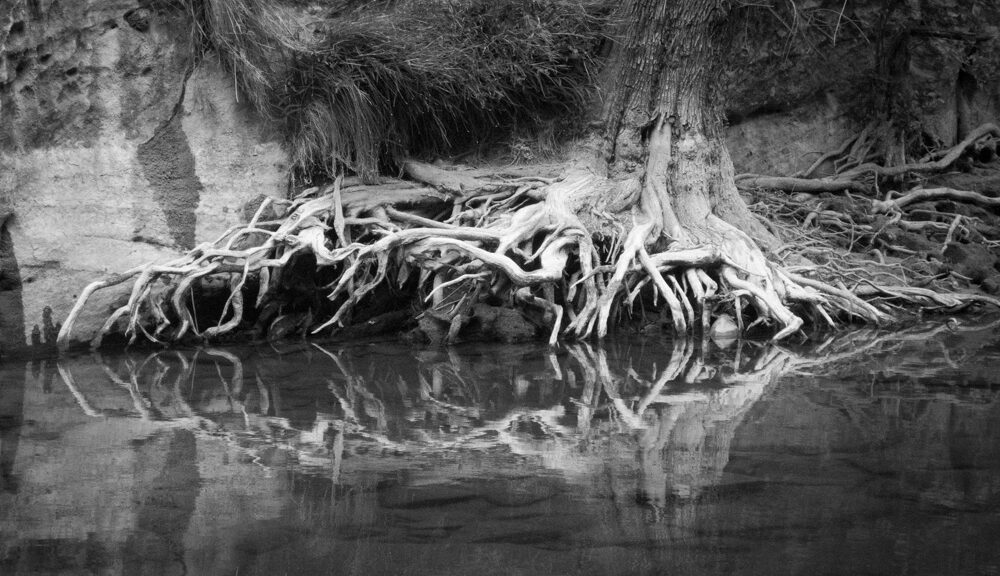
Wow! These are wild! I can’t imagine while some of them don’t just topple over. I’m really enjoying this tree series. What an eye you have! Thanks!
I’m close to a loss of words, just catching up on your last posts with this website.